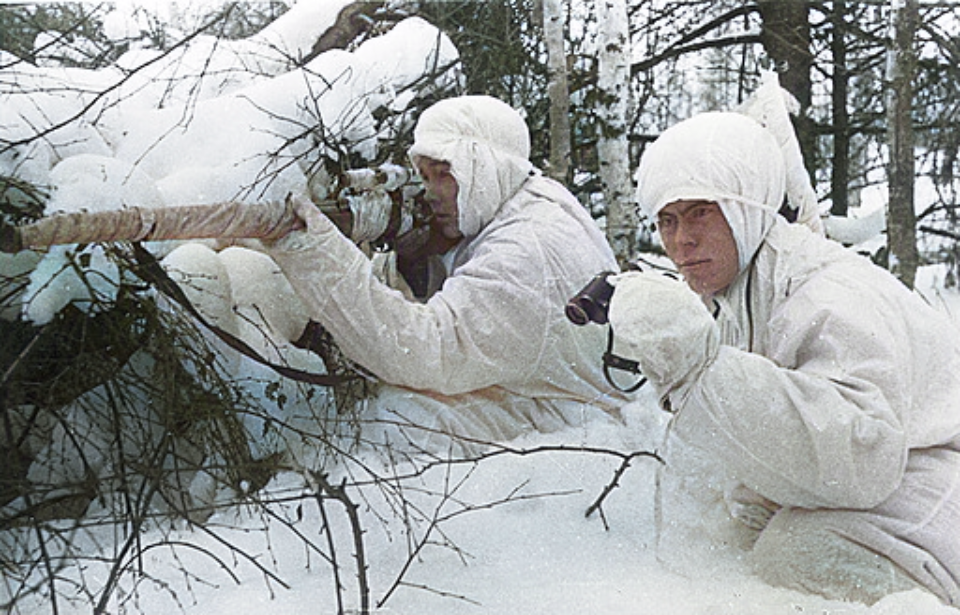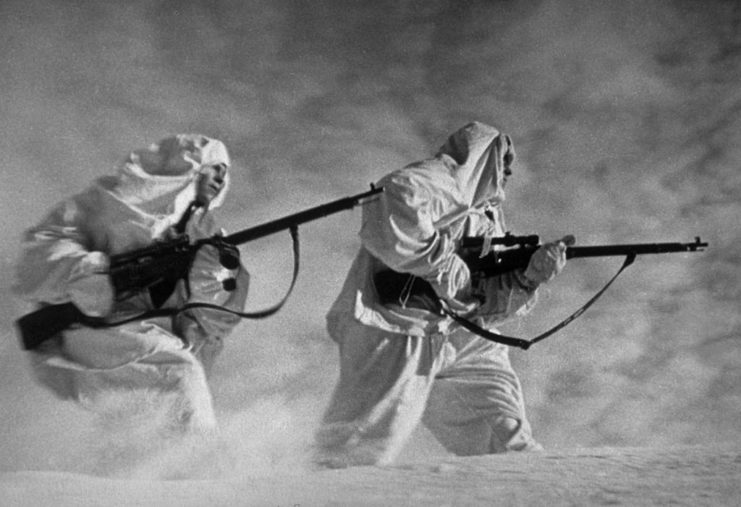For centuries, snipers have held an important role in warfare. Though the term was first officially used during the American Civil War, similar tactics existed long before. Snipers and their equipment evolved with every war, becoming more precise and efficient over time. By the onset of World War II, they were essential components of various military units, especially for the Allied forces.
Snipers in the Second World War
As soon as the Second World War began, snipers were seen as valuable assets, and many countries created specific units for them in their armies. It wasn’t uncommon for the Allied forces to slow down German advances with snipers, such as at Dunkirk, but some battles became better known than others for their exploits.
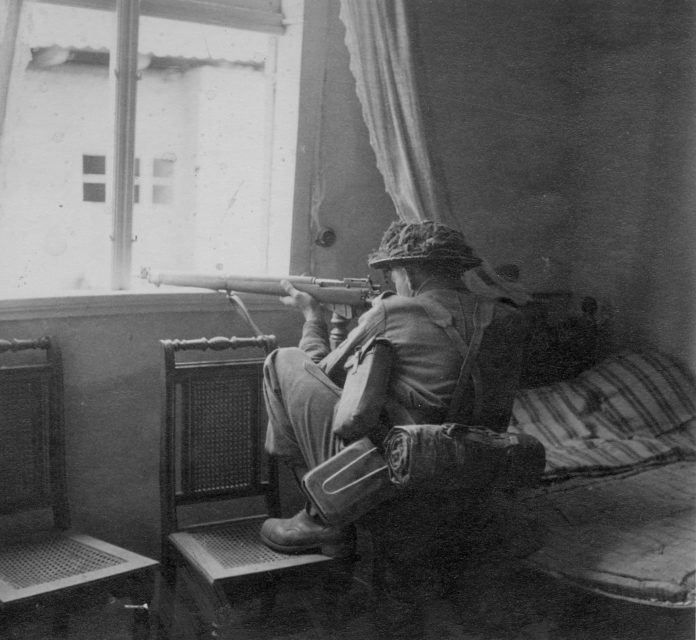
One of the most famous battles to utilize snipers was the Battle of Stalingrad. The Red Army and the Germans placed professional snipers throughout the city. The Soviets eventually won the battle, a victory that can be partially attributed to the use of exceptionally-trained snipers.
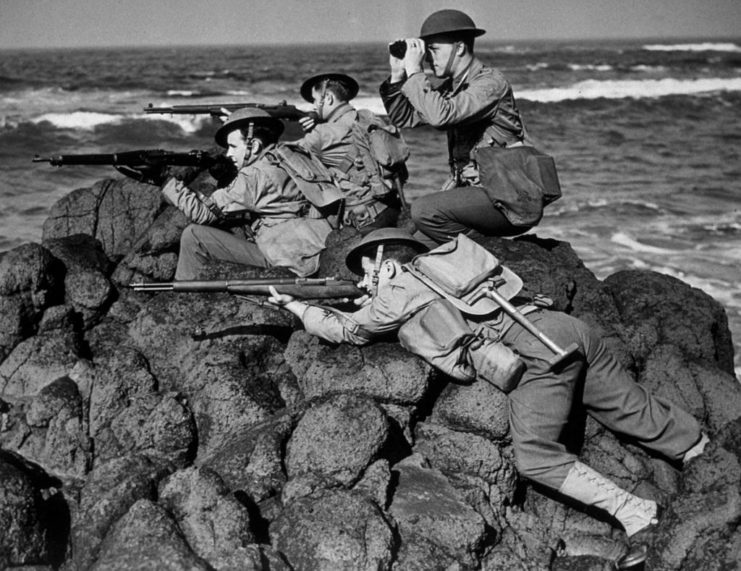
Despite the common use of snipers in battle, most countries didn’t create a special rifle. Most snipers used their standard issue rifles, with the addition of optic sights. Many of the ones used during World War II were the same as those from the First World War, just with improvements that made their use easier during combat.
The best sniper rifles of World War II
The Lee-Enfield No.4 was commonly used by the British and other Commonwealth forces as a sniper rifle. Unlike the model used during World War I, the No. 4 was both lighter and more reliable, and featured the addition of a spiked bayonet.
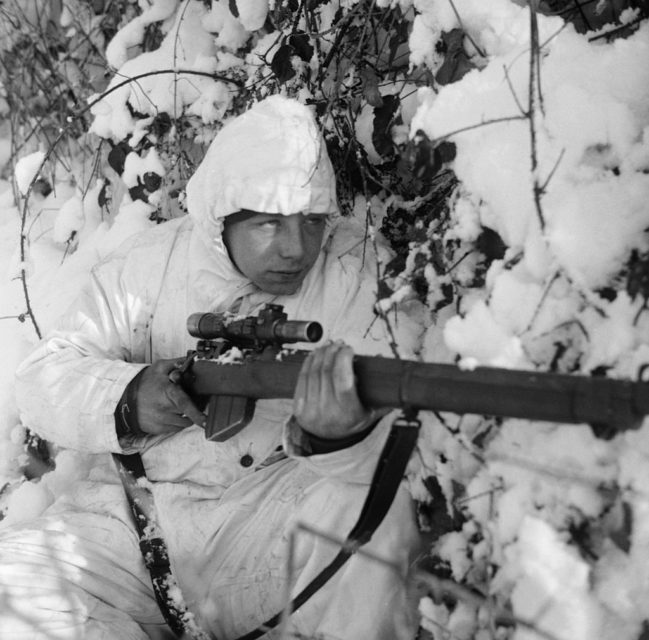
The Mosin-Nagant, utilized by both the Soviets and the Finns, was based on an earlier model dating back to 1891. Although it is sometimes seen as inferior compared to the firearms used by the British or Americans, it was precise and commonly used. Like other standard-issue rifles, it was enhanced with improved sights to transform it into an effective sniper weapon.
Red Army snipers
When looking at the top snipers of WWII, Soviet soldiers take up many of the top spots. This is likely due to the heavy emphasis the Soviet Union put on training snipers, even prior to the war. While other countries were getting rid of their snipers, the Russians were doing the opposite.
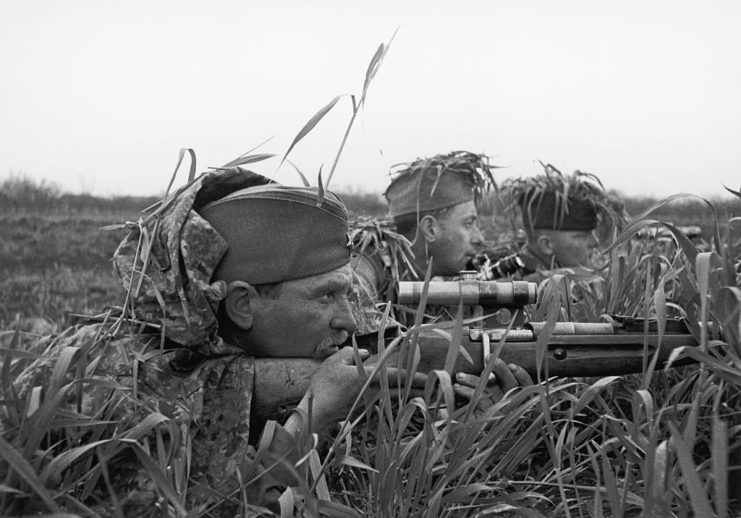
When the war began, they took a different approach to training snipers. Unlike other countries, both Russian men and women were allowed to enlist. A school just outside of Moscow even opened specifically to train female snipers who were physically fit, had a minimum of seven years’ education and were between the ages of 18 and 26.
Roughly 2,000 female snipers enlisted in the Red Army after the German invasion of the Soviet Union. Of that total, only 500 survived the duration of the war.
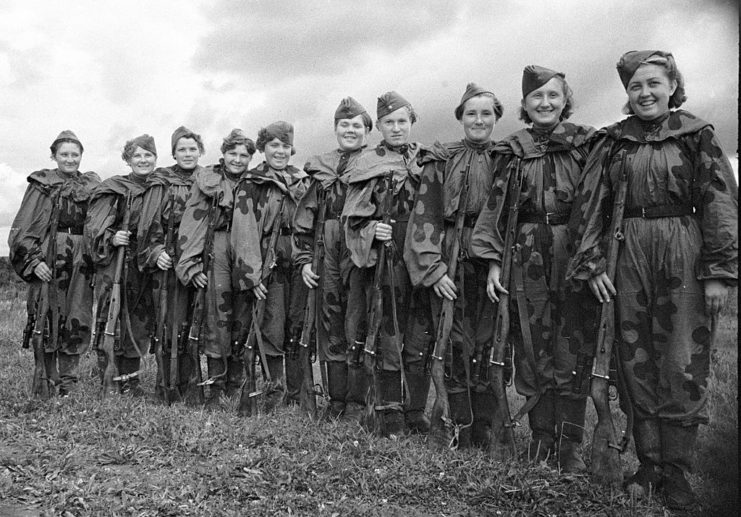
Lyudmila Pavlichenko, better known as “Lady Death,” is considered the most successful female sniper in history with her 309 credited kills. Throughout the conflict, she progressively rose in rank before earning the position of lieutenant.
Pavlichenko was withdrawn from the frontlines after being hit in the face with shrapnel. She was seen as too big of an asset to be returned, so was sent on a speaking tour of Allied nations. Once she arrived back in the Soviet Union, she trained other snipers until the end of the war.
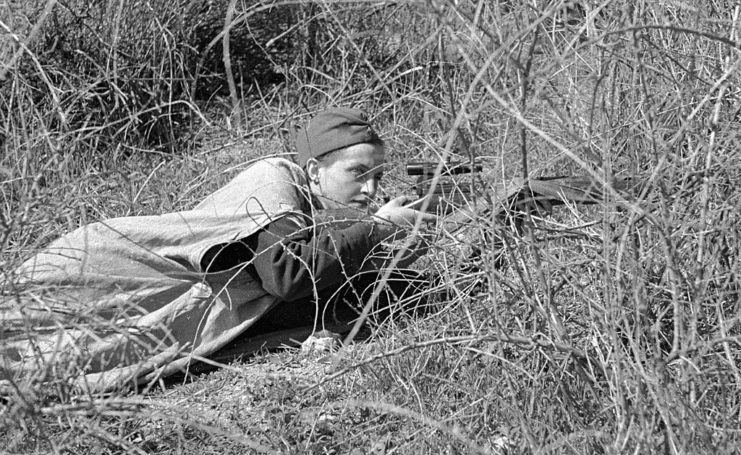
Pavlyuchenko wasn’t the only effective sniper in the Red Army. Among the most famous is Vasily Zaytsev, who was assigned to the 1047th Rifle Regiment of the 284th “Tomsk” Rifle Division. He was sent to Stalingrad, which had suffered severe damage from the fighting between the Soviets and the Germans, and is credited with bringing down 40 German soldiers in his first 10 days.
The most notable aspect of Zaytsev’s service during WWII was the alleged killing of top German sniper Erwin König. According to Zaytsev, he’d spent days hunting for König before firing the fatal shot. It should be noted that historians are skeptical of this account, as there are no records that König ever existed – but that isn’t saying much. The Germans weren’t known for being forthcoming about their failures.
Simo Häyhä: The deadliest sniper in history
Despite how well-known Soviet snipers were, the man with the highest numbers of kills was actually Finnish. The deadliest sniper of WWII was undoubtedly Simo Häyhä, who worked as a farmer before his service.
Häyhä’s exploits were seen during the Winter War against the Soviet Union, and he is credited with over 500 kills (the exact number is unknown), which earned him the status as the deadliest sniper in history and the nickname “White Death.”
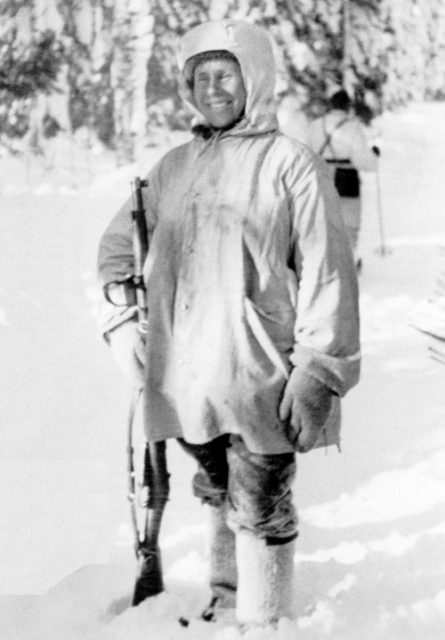
Häyhä liked to work independently, setting himself up in a snow bank with enough food and supplies to last him while on duty. He also preferred to use iron sight on his rifle, not the telescopic lens, because he thought his aim was better with it and didn’t want the sun to reflect off the newer lenses and give away his position.
Want War History Online‘s content sent directly to your inbox? Sign up for our newsletter here!
Despite remaining largely unnoticed, Häyhä was eventually shot in the jaw by a Soviet soldier, landing him in a coma days before the Winter War came to an end. It took him years to recover, but he did and lived to the age of 96.
